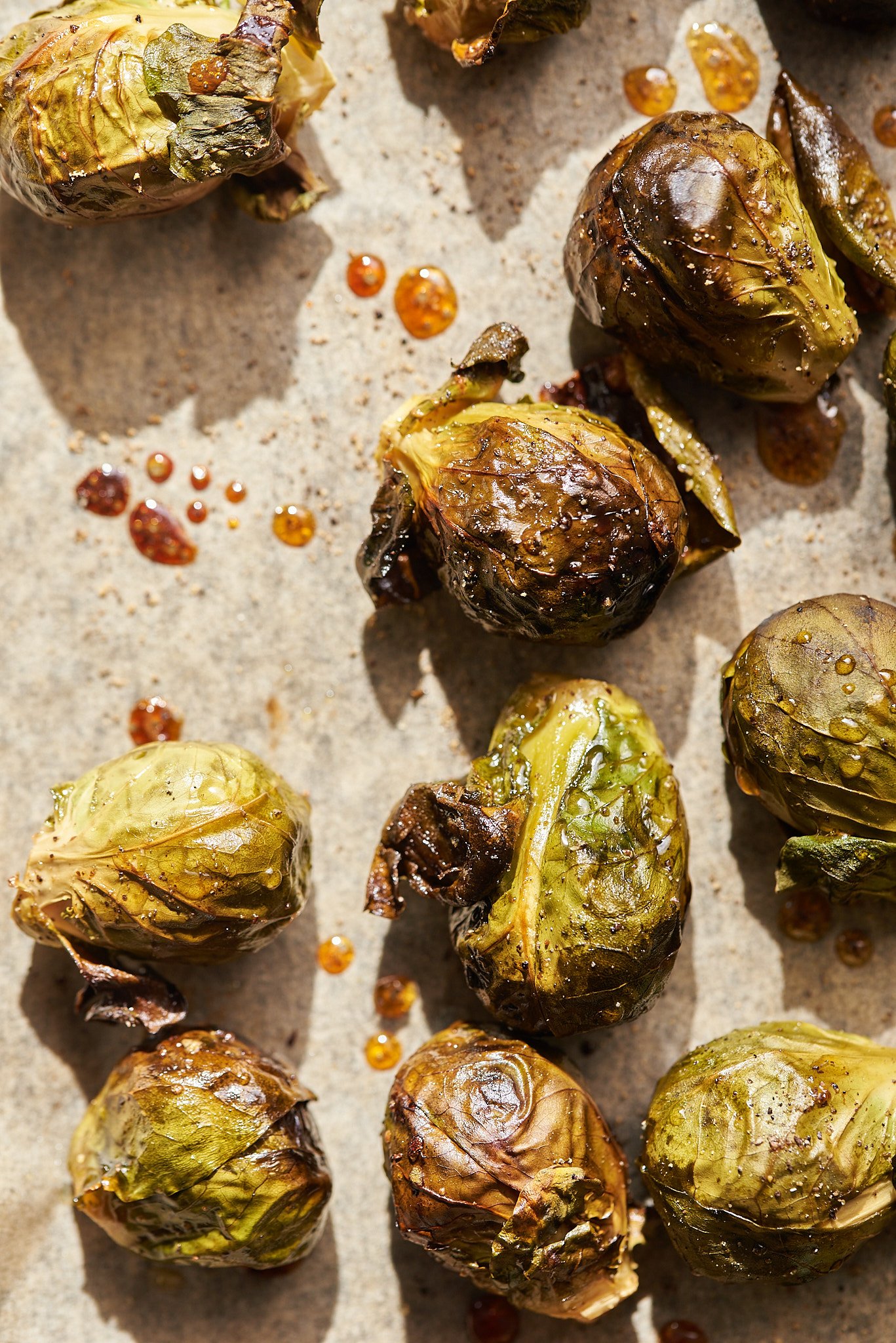artichoke and orzo soup.
This past Christmas I asked for the Blue Zones cookbook, which is a collection of recipes compiled by Dan Buettner during his travels around the globe. The places he travels, of course, are the Blue Zones, which are the areas where people routinely live to 100 years of age or older. The idea of studying these areas, then, is to understand how and why people in that specific area live so long. Often it’s simple things like neighborhood walkability, good weather, a sense of community — and almost always it’s healthy, clean, delicious food.Buettner has some doubters — people who think he’s making it all up to sell some books. I don’t really see it that way. Nothing he writes about (in the cookbook, at least) strikes me as particularly out of the ordinary, most of it pretty common-sense advice that would probably help anyone live longer. Even if the folks in the book aren’t really 100 years old, wouldn’t any healthy person over 60 be worth taking advice from? I mean.. wouldn’t any healthy person at all be worth listening to? Where I’m going with this: The recipes in the book are extremely simple. The soups are essentially beans and water. Many recipes have fewer than 10 ingredients. There is no meat whatsoever. The thing is, they’re all good; it’s changed my perspective on food a little bit. There’s one soup in particular that I keep thinking about, riffing on, and adding to, and it’s the tomato pasta soup Buettner claims Ikarians make to live longer. As you’ll notice, it’s only 8 ingredients long but strangely enticing, with plentiful amounts of orzo and silky broth. My favorite version of this lately has been this artichoke version, which uses about the same amount of ingredients as the Ikarians’ but with a totally different flavor. The orzo is still a star but is joined by creamy artichoke and silky Swiss chard for a soup layered with delicate texture.This is best eaten fresh, but if needed, store in an airtight container in the refrigerator for up to a week. Over time, the flavor will intensify (and may end up too salty, so I recommend storing for 3-4 days). The orzo will also absorb the broth as it sits. To reheat, scoop into a bowl and add water, stir, and microwave until hot. I did not add any salt at all to my soup: I highly recommend tasting it before adding additional seasonings. Some jarred artichokes can be very well marinated!Serves 4
INGREDIENTS
2 tablespoons olive oil1 small Spanish onion, diced3 cloves garlic, minced12-15 ounces quartered and marinated artichoke hearts*6 cups vegetable or chicken broth1 cup orzo1 bunch Swiss chard, or about 6 cups roughly chopped*Salt and pepper, if neededRECIPE
Heat a pot over medium heat. Add the oil.Once oil is hot, add the garlic and sauté until soft, about 5 minutes. Add the garlic and stir until fragrant, about 30 seconds. Add the artichokes and the oil marinade from the jar. Stirring, cook the artichokes with the onions and garlic until oil is mostly absorbed, about 2-3 minutes. Add the broth and bring to a boil. Add the orzo and stir. Continue to boil for 6-7 minutes, or until orzo is al dente. Add the chopped chard. Stir to combine and cook until chard is wilted down and tender. Taste the soup and season if necessary. NOTES:
If you aren’t using marinated artichokes, you will need to add salt and pepper to the soup; you can also add seasonings like oregano, marjoram, basil, and parsley. If you are using marinated artichokes, you should not need additional seasonings.If you don’t have Swiss chard, you can use spinach or kale instead. Wash thoroughly to remove dirt, then roughly chop into 1-inch pieces and discard the tough stems. I don’t recommend using collard greens as they take a bit longer to tenderize.My artichokes are marinated with lemon juice. If yours aren’t, consider adding a splash to brighten the soup.You can garnish this soup with shaved Parmesan, a drizzle of olive oil, a dollop of pesto, or a handful of chopped parsley.You can add chicken, garbanzo beans, or sliced chicken sausage for protein. If you add meat, brown it in the pot first, then continue with the recipe as written.




